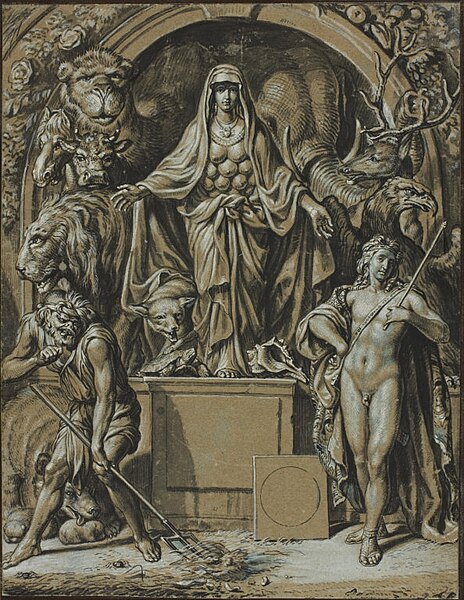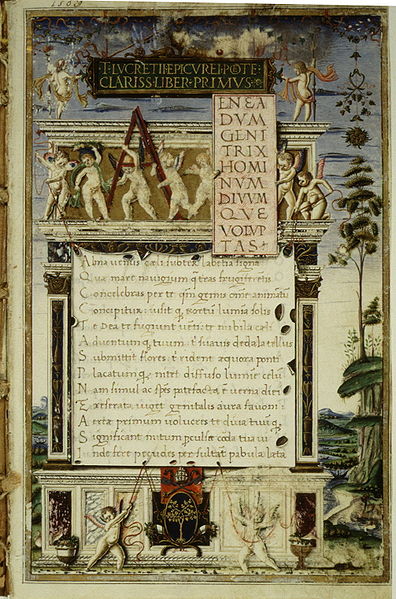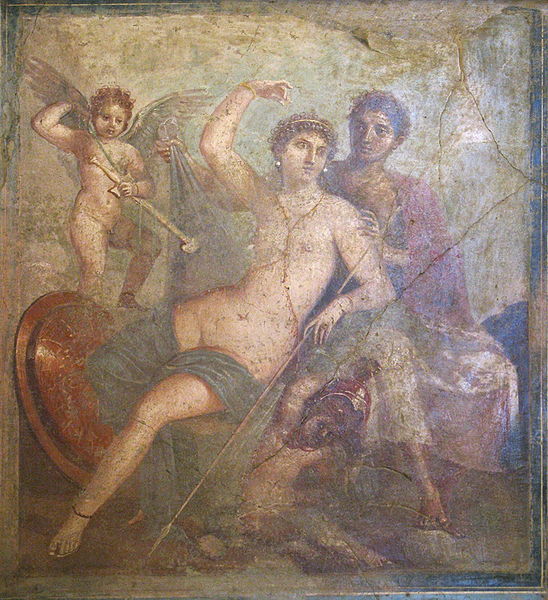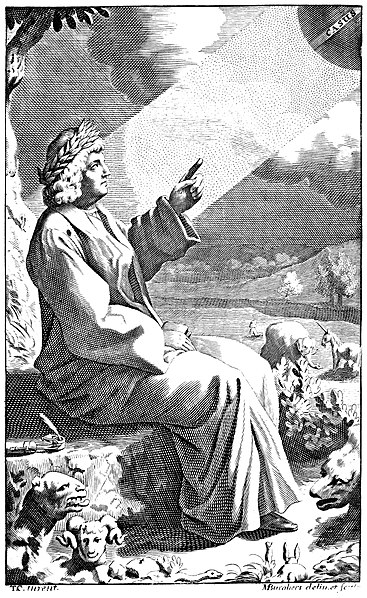Mother Nature is a personification of nature that focuses on the life-giving and nurturing aspects of nature by embodying it, in the form of a mother or mother goddess.
Joseph Werner: Diana of Ephesus as allegory of Nature, c. 1680
Mother Earth image, 17th century alchemical text, Atalanta Fugiens
Jamie Lee Curtis with her book Mother Nature – a graphic novel
De rerum natura is a first-century BC didactic poem by the Roman poet and philosopher Lucretius with the goal of explaining Epicurean philosophy to a Roman audience. The poem, written in some 7,400 dactylic hexameters, is divided into six untitled books, and explores Epicurean physics through poetic language and metaphors. Namely, Lucretius explores the principles of atomism; the nature of the mind and soul; explanations of sensation and thought; the development of the world and its phenomena; and explains a variety of celestial and terrestrial phenomena. The universe described in the poem operates according to these physical principles, guided by fortuna ("chance"), and not the divine intervention of the traditional Roman deities.
Opening of Pope Sixtus IV's 1483 manuscript of De rerum natura, scribed by Girolamo di Matteo de Tauris
Lucretius opens his poem by addressing Venus (center), urging her to pacify her lover, Mars (right). Given Lucretius's relatively secular philosophy and his eschewing of superstition, his invocation of Venus has caused much debate among scholars.
Lucretius pointing to the casus, the downward movement of the atoms. From the frontispiece to Of the Nature of Things, 1682.
St. Jerome contended in his Chronicon that Cicero amended and edited De rerum natura. This assertion has been hotly debated, with most scholars thinking it was a mistake on Jerome's part.







